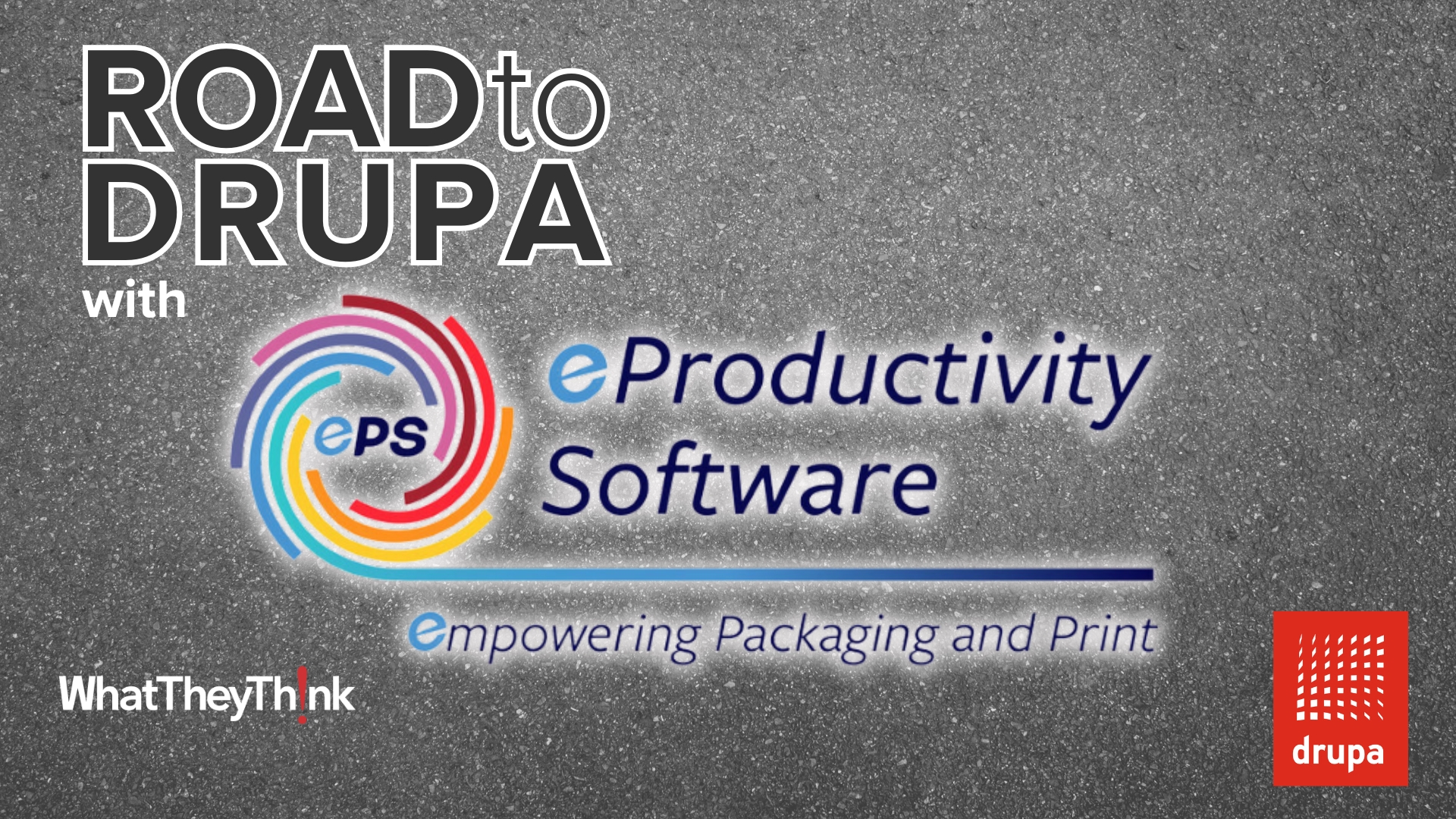Last week, Gail Nickel-Kailing and I each posted stories about tree-free substrates (a coincidence, I assure you), and, it’s fair to say, we were both gob-smacked by some of the green claims of the manufacturers. So I think it’s time we open a dialogue with our readers about greenwashing. Because it’s time we stopped putting up with it, whether it comes from the supply chain or printing practitioners themselves.
“Greenwashing” is defined by the non-profit
Center for Media and Democracy (
www.sourcewatch.org) as:
“... the unjustified appropriation of environmental virtue by a company, an industry, a government, a politician or even a non-government organization to create a pro-environmental image...”
Sometimes greenwashing is intentional and intended to mislead. Quite often, however, greenwashing is the result of a marketer being overly zealous about the green attributes of its products or services. (Really, is “tri-certified” any more meaningful or green than merely “certified”?)
As I wrote in
PIA’s “Green Guide for Graphic Communications,” there are four tests that should be applied to green claims. (FYI - The whole “Green Guide” is available, free of charge, to PIA members.)
If the claim falls short in any of these areas, I think it’s fair to call it “greenwash.”
- Is it Honest?
- Is it Specific?
- Is it Transparent?
- Is it Relevant?
Let’s take a look at each of these tests.
Is it Honest?
Sure you should tell the truth, and nothing but. However, like a trial witness, a green claim needs to tell the
whole truth, not just selected pieces of the truth. No bending nor stretching. No omitting details, fibbing or fudging the facts to present a greener picture.
To pass the test of honesty, a green claim should never focus attention on a particular green benefit if there are environmental detriments associated with the same product or process. (Why do so many companies not get this?)
Is it Specific?
Green claims need to be specific, not ambiguous or vague. Vague claims such as “sustainable,” “eco-friendly,” and even “green” are open to interpretation and fail the specificity test. Even the use of symbols can fail the test of specificity. (If you use the recycled “chasing arrows” symbol, and a consumer cannot readily determine what part of the piece is recycled, you’re failing on specificity.
A green claim should avoid the inclusion of confusing scientific terminology or other language that might tend aggrandize the green attribute or obfuscate the real story behind the claim.
Claims such as, “we use green certified paper” fall in to this category (vague), as does language such as, “we conducted a socio-carbon footprint assessment” (what the heck is that?).
Is it Transparent?
Transparency means providing substantiation for a claim
before being asked for it. To pass the test of transparency, substantiation for the green claims should be offered as part of the claim itself.
For example, if you claim to be the largest purchaser of wind power in the printing and publishing sector, you should include the third-party source of that statement. If you claim you don’t use water to make your paper, then what do you use? If you claim to be saving X number of trees, what is the source for your calculations? If a customer cannot readily substantiate your claim, it fails the test of transparency, and you are greenwashing.
Is it Relevant?
The lack of relevancy in green claims is something that really gets my goat. It’s not enough that your green claim is true, it needs pass the “so what?” test.
Green claims need to be unique and contemporaneous. If a green attribute is ubiquitous to an industry or market segment, and your green claim about that attribute conveys no uniqueness, and the claim fails the “so what” test of relevancy. ("This corrugated box is recyclable." So what? That isn’t unique. "Our printing firm obeys all federal and state environmental laws." So What? Obeying the law is a bare-bones requirement of being in business. "In 1989, you became the first printing company in the Northeast to recycle printing plates?" Wake up and smell the calendar – that was more than a decade ago!
What green printing, and its supply chain, need to really make a difference is a whole lot more honesty, specificity, transparency, and relevancy.
What we don’t need is dodge-and-weave, shuck-and-jive, and smoke-and-mirrors. You know who you are. Now cut it out.









